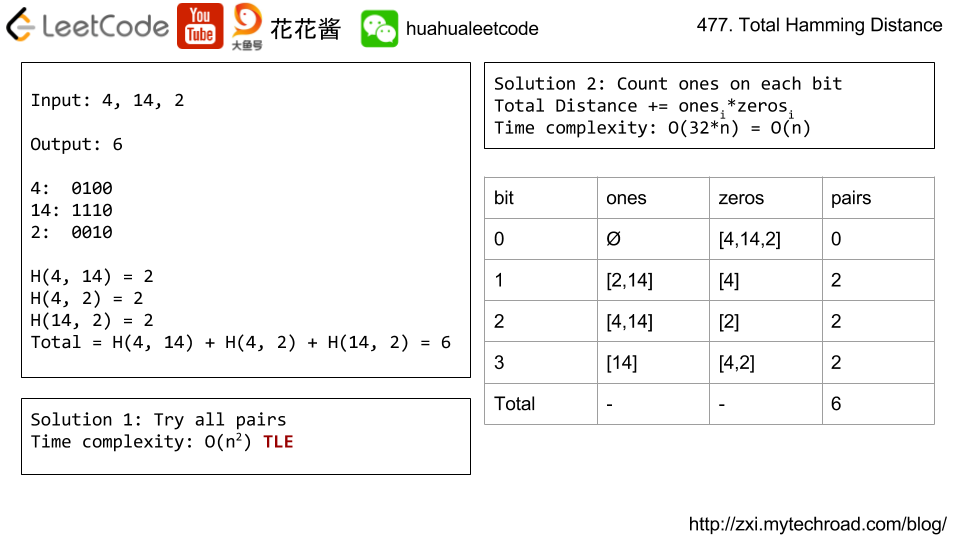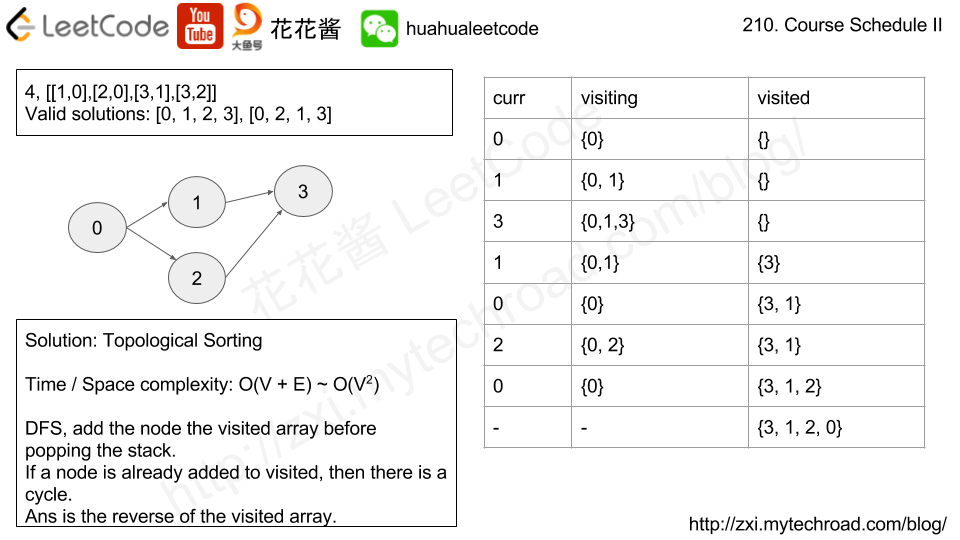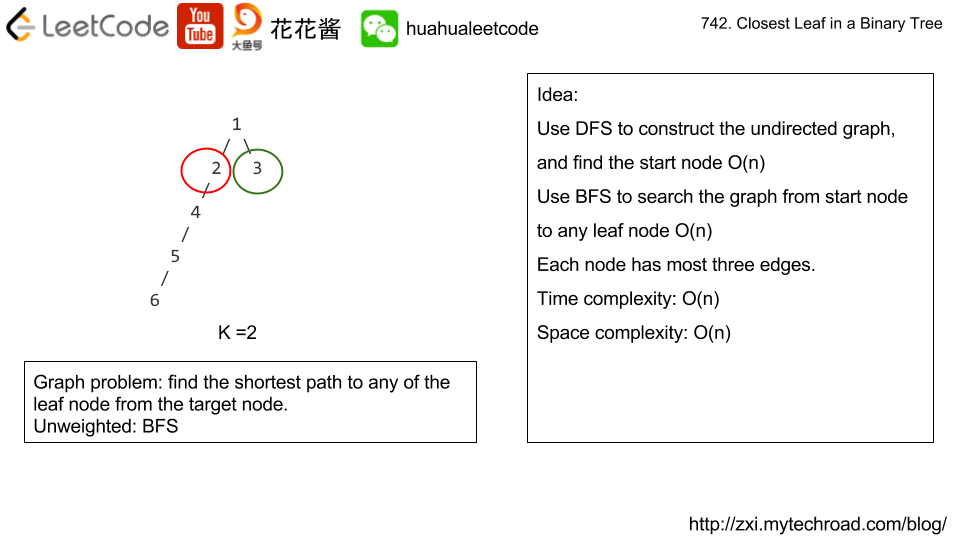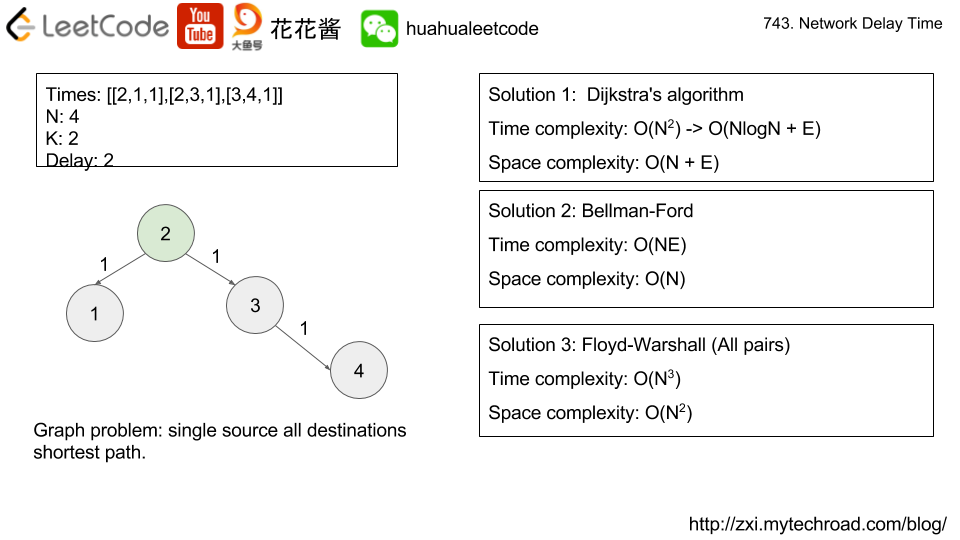Problem:
The Hamming distance between two integers is the number of positions at which the corresponding bits are different.
Now your job is to find the total Hamming distance between all pairs of the given numbers.
Example:
|
1 2 3 4 5 6 7 |
Input: 4, 14, 2 Output: 6 Explanation: In binary representation, the 4 is 0100, 14 is 1110, and 2 is 0010 (just showing the four bits relevant in this case). So the answer will be: HammingDistance(4, 14) + HammingDistance(4, 2) + HammingDistance(14, 2) = 2 + 2 + 2 = 6. |
Note:
- Elements of the given array are in the range of
0to10^9 - Length of the array will not exceed
10^4.
题目大意:给你一堆数,让你求所有数对的HammingDistance的总和。
Idea:
- Brute force, compute HammingDistance for all pairs. O(n^2) TLE
- Count how many ones on i-th bit, assuming k. Distance += k * (n – k). O(n)

Solution:
C++ / O(n)
|
1 2 3 4 5 6 7 8 9 10 11 12 13 14 15 16 17 |
// Author: Huahua // Runtime: 59 ms class Solution { public: int totalHammingDistance(vector<int>& nums) { int ans = 0; int mask = 1; for (int i = 0; i < 32; ++i) { int count = 0; for (const int num : nums) if (num & mask) ++count; ans += (nums.size() - count) * count; mask <<= 1; } return ans; } }; |


